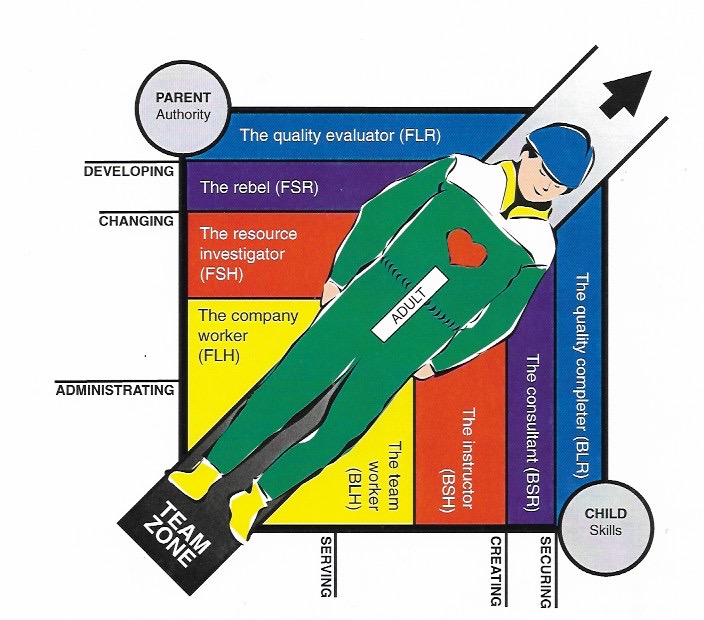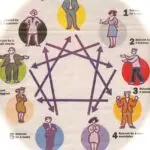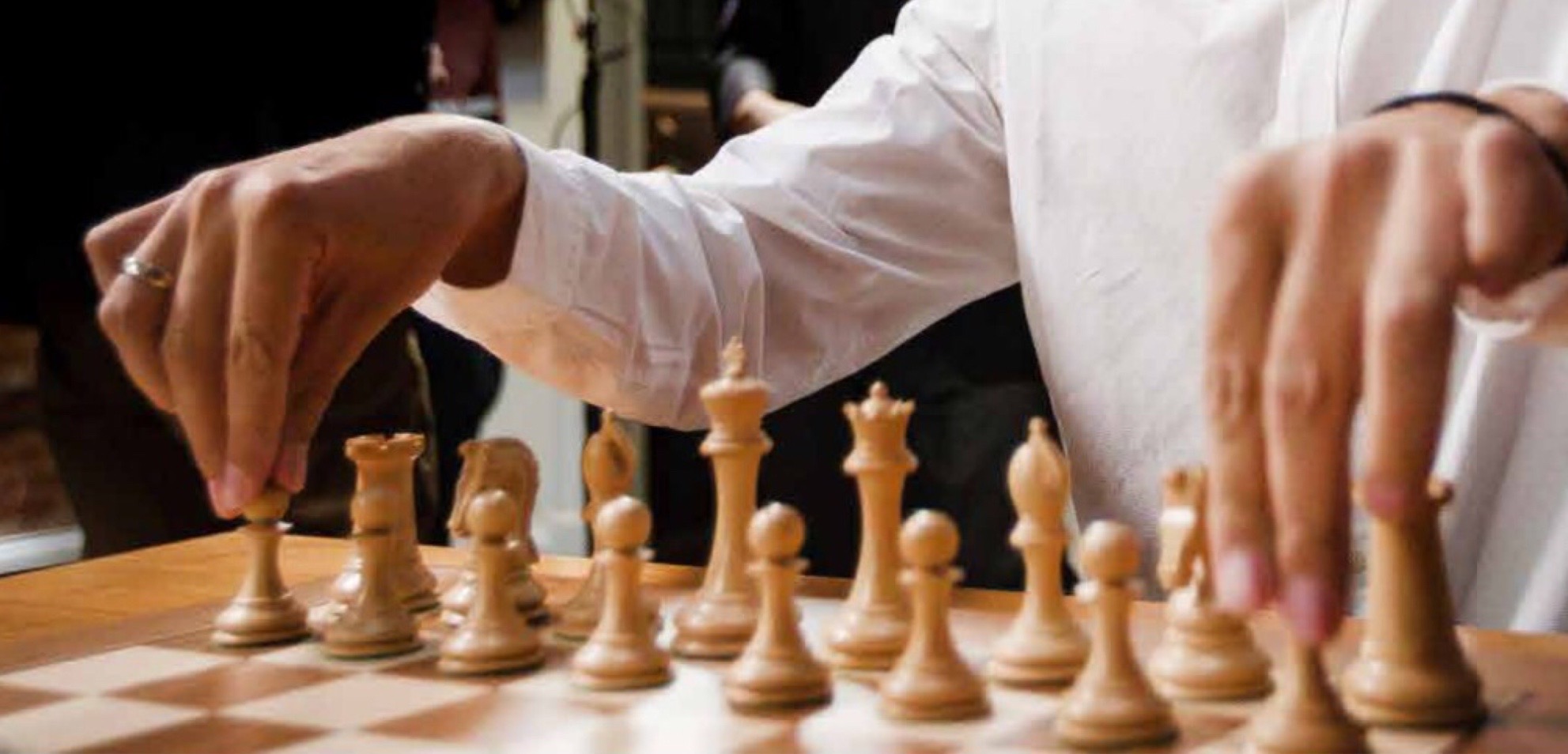


Our lives always leave traces in others.
How you see them is how they see you.
Life mirrors who you are –
until you finally ask:
Who am I, really?



Since the beginning of time, humans have described and treated each other in relation to characteristics and functional abilities. – Not least, the Vedic period (1500-500 BCE) has meant a lot for the development of the game of chess and then the Hindu caste system that we know from India, which we have previously described in the chapter on: Chess, Archetypes / Follow the link. CLICH HERE
In most models for team and personality types, distinction is made between seven to sixteen different groupings, developed from the theories of the Swiss psychiatrist, Carl Gustav Jung, as described in the chapter of Decision Axes / Follow the link: CLICH HERE


The Enneagram / CLICK HERE – contains elements from Judaism, Christianity, Islam, Taoism, Buddhism, and ancient Greek philosophy – basically all religions that date back to antiquity. The symbol probably originates from ancient Sufi traditions, and was used by the esoteric teacher George Gurdjieff (1866-1949).
Shortly after came classical astrology with its twelve signs of the zodiac, followed by the Sufi-inspired Enneagram with nine personality roles. The Danish professor, Erik Johnsen, describes the same number – nine observed leader roles, and 27 sub-groups defined according to tasks. The well-known Australian psychologist Meredith Belbin operates with nine groups in his revised role understanding, as opposed to seven groups earlier. The Hindu Shakra system describes seven levels of growth and self-realisation, which is the same number as the seven categories of Transactional Analysis of “The OK boss”. However, Carl Gustav Jung (1875–1961), the father of all personality tests, developed everything on the basis of his four mental and archetypal main roles.
in short / CLICK HERE – According to Belbin’s research, all roles are described with some typical positive contributions, but also in that the roles have what we can call “allowed weaknesses”. These must be tolerated in order to be able to benefit from the strengths that are associated with them. The roles can be grouped into three main groups: 1) Reflective roles, 2) Social roles and
3) Acting roles.

In the era of rapid changes, strong leadership stands out. Join us to explore new techniques that empower you to motivate and guide your team effectively. Lesson 6.1 is your gateway to enhancing creativity, boosting communication skills, and making a significant impact. Step up and lead with intention.